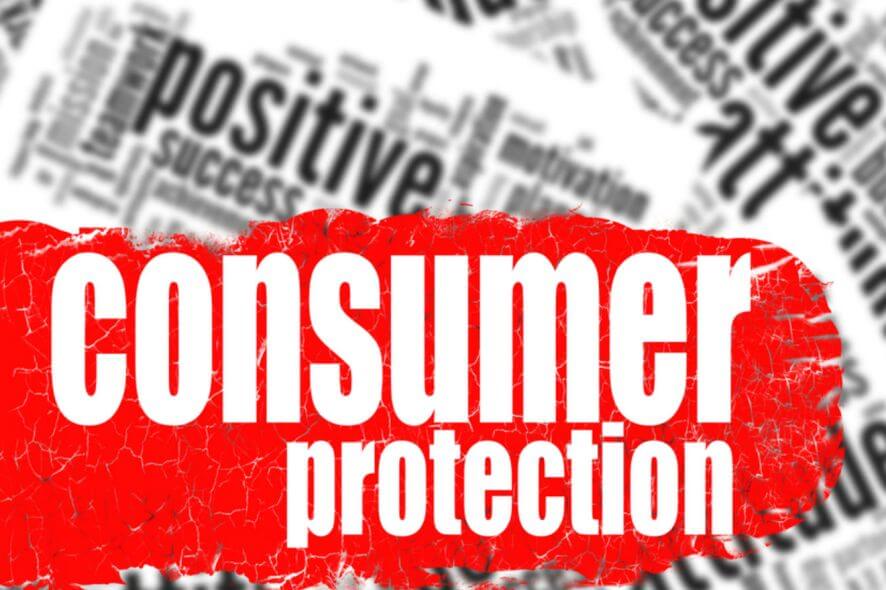
Consumers are shielded from deceptive advertising, unfair contract conditions, and subpar product safety requirements under Canada's Consumer Protection Act. But problems like misleading advertising and trouble getting treatments still exist. Although government organizations and advocacy groups are striving to enhance consumer enforcement and education programs, consumer rights continue to pose a substantial obstacle in Canada's market.
I. Consumer Protection Legislation:
Canada has implemented federal and provincial laws to protect consumer rights, including the Competition Act, which addresses deceptive marketing practices and anti-competitive behavior. Provincial consumer protection acts regulate transactions, warranties, and unfair business practices, ensuring fair treatment and informed marketplace choices. Canada's regulatory agencies enforce these laws, investigate complaints, promote fair competition, educate consumers, and provide dispute resolution resources, aiming to maintain consumer trust and create a level playing field for businesses.
E-commerce and digital platforms have brought along new issues for the Canadian industry, such as deceptive ads, online frauds, and breaches of personal data. Legislation and regulations must be updated often to keep up with technology changes in order to safeguard consumers in this dynamic environment.
II. Product Safety and Standards:
Consumer protection necessitates strict product safety rules, which are monitored and enforced by regulatory bodies such as Health Canada. On the other hand, due of the difficulty of enforcement, problems might arise with internet sales. In reaction to these issues, regulatory organizations are modifying their tactics. In addition to working with industry participants to promote responsible behavior and self-regulation, they are developing rules and regulations specifically for e-commerce platforms and researching new technologies like machine learning and artificial intelligence in order to monitor and identify potential safety risks in online marketplaces.
III. Consumer Contracts and Warranties:
Consumer protection laws offer fair and clear terms in contracts and warranties, allowing buyers to return products within a predetermined window of time, disclose material information, and get warranties. However, problems with unfair contract clauses, implied expenses, and complex agreements still crop up. In order to address emerging issues and protect consumers from emerging forms of abuse, legislation needs to be routinely examined and updated. Consumer education campaigns provide consumers the ability to understand their rights and make informed decisions when signing contracts. Enlightening customers and continuously improving regulatory protections can lead to a more equitable marketplace.
IV. E-commerce Challenges and Digital Transactions:
E-commerce has brought about significant changes in the retail industry, which presents both opportunities and challenges for consumer protection. Concerns including online fraud, data privacy, and accurate product information require specialized legal attention. Authorities are always working to ensure that consumers are as safe dealing online as they are in traditional brick-and-mortar environments. This entails modifying consumer protection laws for use in online commerce. Given the rising prevalence of online fraud along with information privacy concerns, consumer protection laws need to be updated to provide adequate safety during digital transactions. Furthermore, efforts are being made to ensure that product information is accurate, which should assist consumers in making informed purchase decisions.
V. Redress Mechanisms and Dispute Resolution:
A few instances of the dispute resolution and settlement procedures included in consumer protection regulatory frameworks are small claims courts, advocate services, and consumer protection agencies. To make the legal system more user-friendly and effective, initiatives are being made to increase consumer awareness of their rights and speed up dispute resolution processes. This entails setting up alternative dispute resolution processes like arbitration or mediation or setting up special consumer courts. In order to ensure that individuals are aware of their rights and know how to use the several avenues for redress, consumer education programs are also being implemented.
VI. Empowering Consumers Through Education:
Through awareness campaigns, educational initiatives, and easily accessible information, consumers may become more empowered and ensure that their rights are effectively enforced. Laws that support consumer education and financial literacy build a more resilient consumer base that is better able to handle the complexity of the marketplace. By encouraging consumer education and financial literacy, people are better equipped to make wise judgments and stay away from dishonest businesses. Consumers are guaranteed to know their rights and be able to assert them with confidence when needed if information regarding their rights and duties is easily accessible. Additionally, accessible information allows consumers to make informed decisions and compare products or services, leading to a more competitive marketplace. It also promotes transparency and accountability among businesses, as they are aware that consumers have the knowledge to hold them accountable for any unfair practices. Ultimately, accessible information fosters a fair and balanced consumer-business relationship that benefits both parties involved.
Conclusion:
The goal of Canada's consumer protection laws is to provide an open and equitable market. Adapting to digital transactions, enhancing redress procedures, and educating customers all need constant work. To improve and fortify these rules, cooperation between corporations, consumer advocacy organizations, and regulators is essential. Keeping abreast of new developments in technology and fashion aids regulators in anticipating consumer dangers. Companies should put customer protection first by putting in place open internal policies. By working together, we can make sure that consumer protection laws keep up with the market and continue to empower and safeguard consumers throughout transactions.



